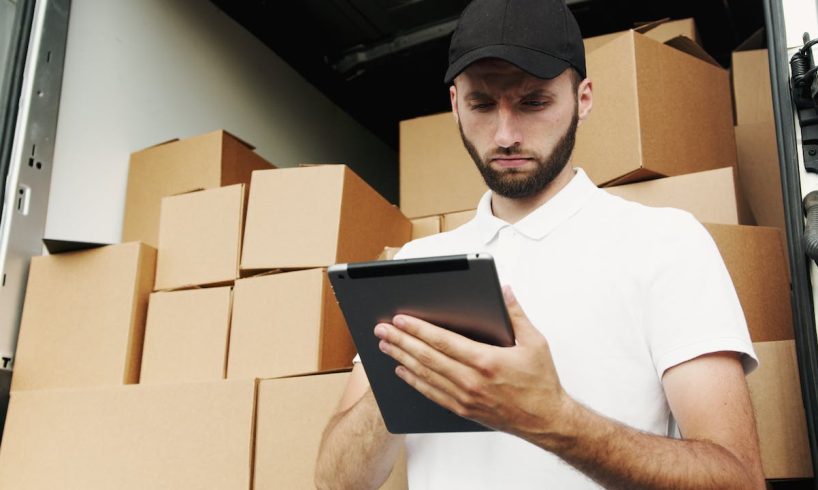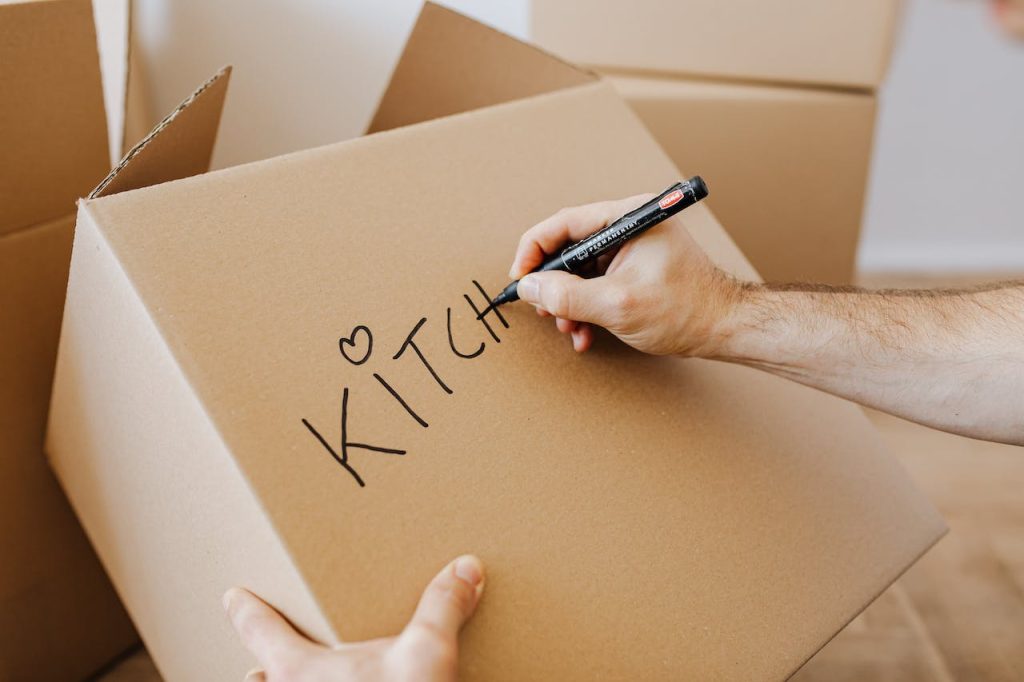
When shipping fragile items, proper packaging is essential. Damage is common during shipment. Boxes shifting, trucks hitting bumps on the road, and human error can all lead to breakage.
Fragile products like glassware, porcelain, and china are the most common to be damaged during shipment. Fortunately, there are many ways to prevent it.
Choose the Right Box
When you’re shipping fragile items, choose a box that will reliably protect your products. For example, a corrugated cardboard box with a thick flute will offer more protection than a thinner one. If you need something stronger, consider a wooden crate, or ask the postal station to help you find one.
Whether the item is a heavy and breakable ceramic plate or a delicate, lightweight electrical product, the box you use will be critical to its safety during transport. Choose a strong box that will prevent the product from shifting or colliding during transit, and add padding and void fill to ensure there’s no empty space around the item.
You can also find special packing materials for fragile items. For example, bubble wrap is a popular option that offers cushioning and shock absorption to keep your product safe. Similarly, foam inserts can protect your item by molding to its shape, and they are available in different densities to meet the specific needs of your product.
Choosing the right materials is important because damaged products are costly for your business, and they can also leave customers feeling frustrated and hesitant to shop with your brand again. If you’re unsure what materials to use, consult with a 3PL services company that specializes in shipping fragile goods for advice and recommendations.
Don’t overfill the box with void fill. Using too much material can cause the item to shift during transit, increasing the risk of damage. Also, if the item is too heavy for its box, it can put pressure on the sides of the box and cause them to crack or crease.
In general, you should always label your box as fragile and “this side up” to ensure careful handling. It’s also a good idea to place a “fragile” sign on the top of the box, and write it in large letters so that any handling crew will see it. It’s also helpful to include a return address on the box, in case it gets lost during transit and must be sent back to you.
Wrap the Item
Whether it’s a grandmother’s antique vase or a precious figurine, breaking an item during transit is one of the worst experiences for both consumers and sellers. It can lead to costly customer service inquiries, re-shipping costs and unsellable inventory—and even if you buy shipping insurance, that doesn’t cover your losses if an item arrives damaged.
Proper packaging can help prevent damage to fragile items during transport, but that’s only part of the solution. You also need to make sure that your packaging is clearly marked to notify carrier employees of the fragility of the item and how it should be handled. This will ensure that your package is inspected and handled gently, so it gets to its destination in one piece.
You can mark your box by writing “fragile” or affixing labels that provide important handling instructions to anyone who handles it during transit. You can also use stickers that indicate which side of the box should be facing up and other important information. This will let your carrier handlers know to be careful with your package and provide extra care when moving it from one conveyor belt to the next. You can also avail of services by High river movers if you ever need a helping hand in moving.
When you pack a fragile item, wrap it in plenty of bubble wrap to protect it from shifts and vibrations during transit. Then, place it in a box that’s just slightly larger than the item, with a layer of protective infill between the item and the bottom of the box. Infill materials include packing peanuts, paper or eco-friendly, foam-based padding.
Then, tape the box securely and label it with any necessary information about the item. Lastly, you can mark your box with an affixed USPS “Special Handling—Fragile” sticker to further ensure that your package is treated carefully. However, it’s not a replacement for proper packaging, and your package won’t receive expedited or guaranteed delivery speed.
Shipping fragile items takes a little extra work, but it can help you avoid the headaches of a broken product and keep your customers happy. If you’re unsure of how to pack or ship an item, contact your 3PL for assistance. They’re familiar with the nuances of the major carrier services and can help you find the right packaging solution for your fragile products.
Fill the Space

When it comes to shipping, even the most well-made goods can be damaged during transit. Unfortunately, there’s no way to eliminate damage altogether, but taking a few simple steps can drastically decrease the risk of it happening. This is an investment in the longevity of your eCommerce business, as it’ll save you money on return fees and protect your reputation.
The number one way to prevent shipping damage is by using the right materials. For fragile items, this means a good quality roll of bubble wrap and plenty of packing peanuts. For irregularly shaped or larger products, a custom foam enclosure is a good option.
It’s also important to make sure that your packing material fits the item perfectly. You don’t want any extra space that could shift during transit. This can lead to damage to both the item and the box itself. To restrict movement, be sure to stuff all empty spaces with padding or void fill. This is cheap, easy, and can really help prevent damage.
Another simple step is to label the box. Not only does this ensure that the item is properly protected, but it lets everyone handling the package know that it’s delicate. This can help cut down on human error that can cause damage during transport.
If possible, try to use the original packaging for the item. This will give it the best chance of making it to the customer in pristine condition. If the item doesn’t have its own box, label it as “Fragile” and clearly mark the edges with caution tape.
It’s a good idea to pad the bottom and top of the box as well. The box will likely get picked up and put down several times during its journey, so you want to make sure there’s enough protection to prevent damage.
It’s also a good idea to include a note on the box that states the best way to handle it. This can help people who are unfamiliar with your products and packaging. This will prevent them from attempting to open the box or remove its protective materials prematurely, which can cause more damage.
Label the Box
When shipping fragile items, it’s important to be clear about the box contents. Labeling a box with “fragile” or “handle with care” will immediately notify those handling the package of its delicate nature and that it requires extra special attention. It can also prevent mishandling by letting workers know what to look out for, making it less likely that the item will get damaged during transit.
Aside from human error, there are a number of factors that can lead to damage during shipping. For example, boxes can shift in transport, or they may be dropped while being handled by a carrier. This is especially common with large, bulky items like musical instruments or furniture. To minimize damage, you should ensure that the box is well-secured and padded. Using furniture pads or specialized packing materials will help to keep the item secure and in place during transit, protecting it from any bumps or scrapes along the way.
Even when you’ve done everything right, it’s possible that your fragile item will be damaged during shipping. This can be due to a number of factors, including weather conditions, poor warehouse handling, or other incidents that are outside of your control. To protect yourself against this, you should always ship with a shipping insurance policy. This will allow you to recoup costs when the item is damaged during shipping and will give your customer peace of mind that their purchase is protected.
The most important thing to remember when packing fragile items is that different products require a different packaging strategy. For example, musical instruments need to be packed in cases to prevent them from moving around inside the box. Other fragile items, such as glassware and ceramics, should be double boxed to provide extra protection. To do this, wrap the item in bubble wrap and then place it in a box that’s larger than it is and fill any empty space with packing peanuts or other protective material. Finally, add a label and tape the box closed to make sure that it is clearly marked as fragile.







